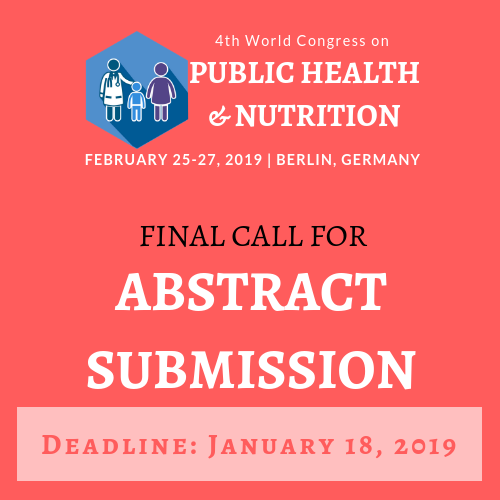
Ian S. Blagbrough
University of Bath | UK
Title: Electrospinning fibres for the controlled delivery of antibiotics
Biography
Biography: Ian S. Blagbrough
Abstract
Statement of the Problem: We are studying the controlled release of antibiotics from multi-layered electrospun matrices.
Purpose: The purpose of this study is to investigate the design and application of multilayered electrospun micro-nanofibres as controllable drug-delivery devices, an important avenue in modern medicines design.
Methodology: Many formulations of electrospun poly-caprolactone (PCL) and poly(ethylene-co-vinyl acetate (PEVA) have been designed, prepared as micro-nanofibre layers, and assayed for the controlled release of the clinically useful antibiotic tetracycline (Tet) HCl with potential applications in wound healing and especially in complicated skin and skin-structure infections. Tet HCl was also chosen as a model drug possessing a good UV chromophore and capable of fluorescence together with limited stability.
Findings: Tet HCl was successfully incorporated (essentially quantitatively at 3% w/w) and provided controlled release from multi-layered electrospun matrices. The Tet HCl release test was carried out by a total immersion method on 2×2 cm square electrospun fibrous mats in Tris or PBS heated to 37ºC. The formulation PCL/PEVA/PCL with Tet HCl in each layer gave a large initial (burst) release followed by a sustained release. Adding a third layer to the two layered formulations led to release being sustained from 6 days to more than 15 days. There was no detectable loss of Tet chemical stability (as shown by UV and NMR) or bioactivity (as shown by a modified Kirby-Bauer disc assay). Using Tet HCl-sensitive bacteria, Staphylococcus aureus (ATCC 25,923), the Tet HCl loaded three layer matrix formulations still showed significant antibacterial effects on days 4 and 5.
Conclusions & Significance: Electro spinning provides good encapsulation efficiency of Tet HCl in PCL/PEVA/PCL polymers in micro-nanofibre layers which display sustained antibiotic release and may find applications in drug releasing wound dressings.

